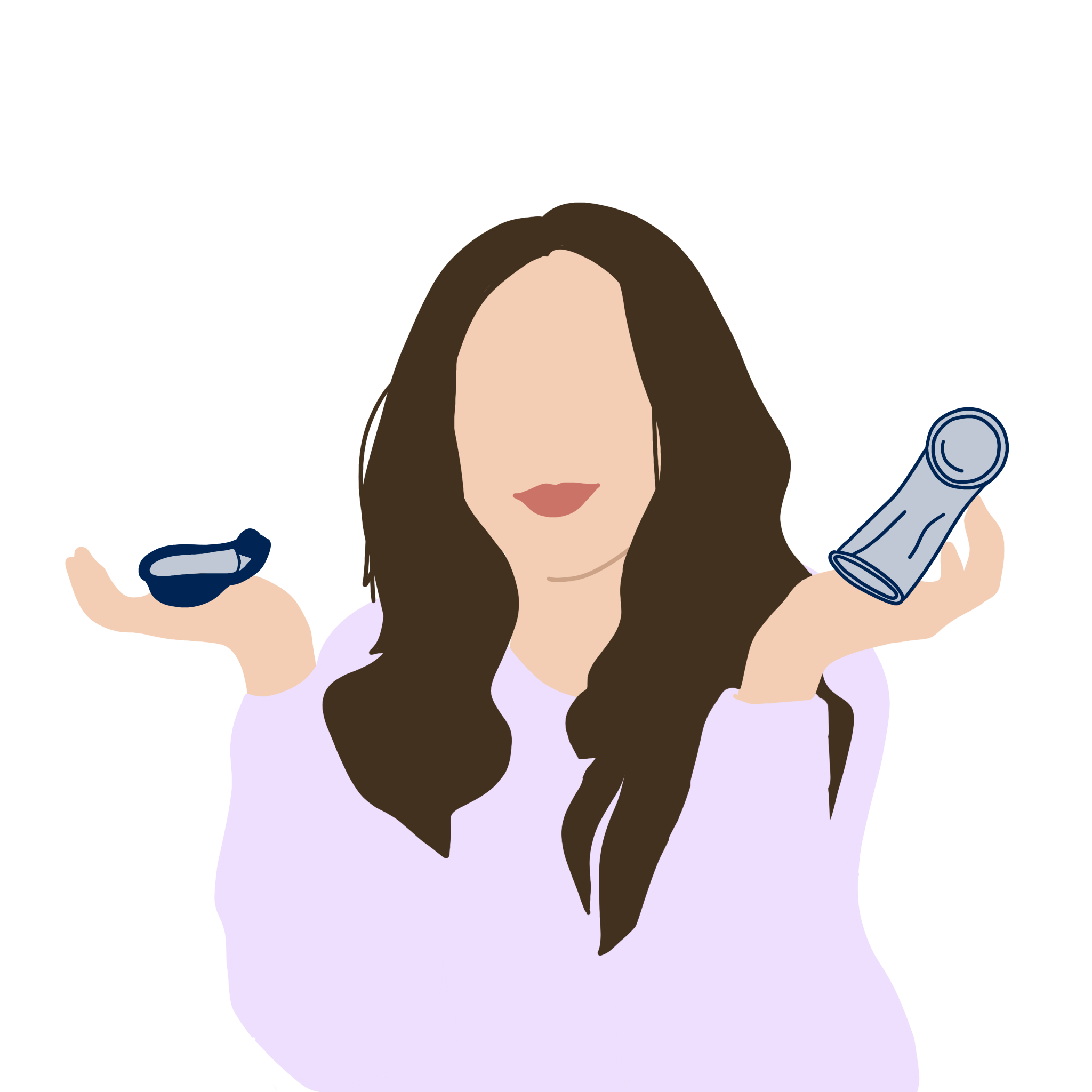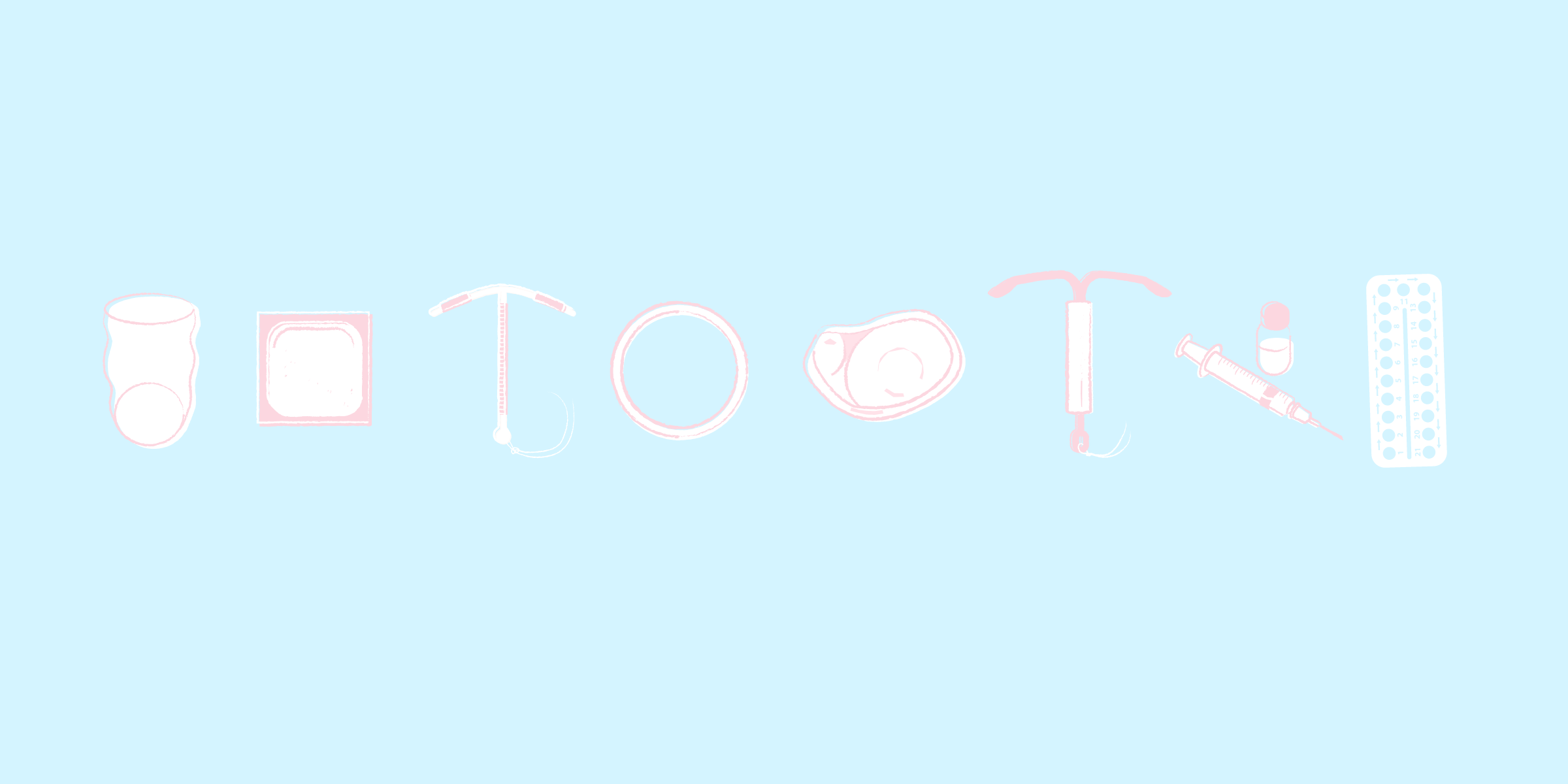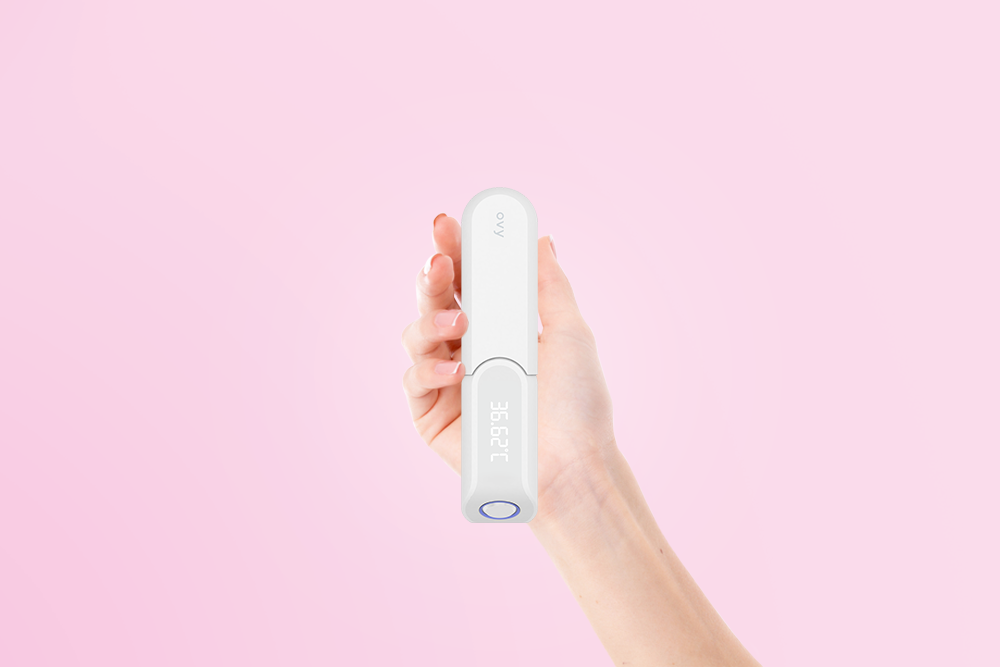Key Takeaways
- About 80% of all girls and women are affected by symptoms of premenstrual syndrome month after month.
- However, this is often difficult to recognize.
- In this article you will learn the causes of PMS and how it is treated.
Headaches, nausea, bad mood – even before the period has begun, women can suffer its effects. What is usually incorrectly played down as moody hypersensitivity is actually a set of clinical symptoms called premenstrual syndrome (PMS). It encompasses a variety of mental and physical complaints that women can suffer from before menstruation. About 80% of all girls and women are affected by premenstrual syndrome symptoms month after month, with the severity of symptoms varying significantly. Many women feel only slightly affected and accept these symptoms as normal, while 20–40% of women are affected to such an extent that their everyday school and work life is significantly restricted.
What is PMS?
PMS comprises a series of monthly recurring symptoms that occur 10–14 days before menstruation and disappear with its onset.
As already mentioned, about 20–40% of all girls and women suffer from severe PMS symptoms. In about 3–8%, the symptoms, especially the psychological ones, are so severe that they are a significant burden on everyday life and interpersonal relationships. This severe form of PMS is called PMDD (premenstrual dysphoric disorder). PMS is rare during pregnancy and during menopause (from around the age of 50), with these phases of life dominated by other symptoms.
What are the causes of PMS?
Hormone balance is crucial for women’s health and well-being. The two most important female sex hormones are estrogen and progesterone.
A hormonal imbalance between these two, as well as a lack of certain nutrients and exercise, seems to be the basis of PMS, but also underlies health problems such as obesity, cardiovascular disease, autoimmune diseases, breast cancer and osteoporosis. The exact cause of premenstrual syndrome has not yet been clearly established. However, due to the large number of symptoms, it is assumed that there must be different triggers. Besides genetic factors, some of the other main causes are related to lifestyle, including diet, exercise, and stress. Women with PMS often have a BMI that is too low or too high, an unbalanced diet (high in calories, fat, sugar, salt), vitamin deficiencies, heavy nicotine and caffeine consumption, and low physical fitness. Heavy alcohol consumption is also suspected to aggravate PMS symptoms.
The neurotransmitter serotonin also seems to play a role in PMS: The serotonin level and the amount of endorphins produced by the body decrease in the second half of the cycle. The exact processes are not yet known, but the lowered serotonin level is certainly responsible for depressive moods and moodiness. Family history or psychosocial conflicts such as relationship problems and occupational overload can further exacerbate symptoms. In addition, studies have linked smoking to more severe psychological complaints.
How can I tell if I am suffering from PMS?
PMS symptoms always occur in the second half of the cycle. This 14-day phase begins directly after ovulation and lasts until the next menstrual period. During this phase, the egg membrane transforms into what is known as the corpus luteum, which is why this phase is also called the luteal phase. The corpus luteum secretes the hormone progesterone, thereby increasing the level of progesterone in the body. The progesterone level reaches its peak about 4 to 10 days before the onset of the period. Among other things, progesterone ensures that the lining of the uterus builds up and is supplied with more blood. Essentially, the body is preparing itself for a possible pregnancy; the breasts swell, the appetite increases and we become more tired. With the onset of menstruation, the PMS symptoms eventually subside again.
If one or more of these symptoms occur regularly over at least 3 cycles before the period and disappear again with the start of the period, PMS is a likely cause.
Physical Complaints
Water retention and weight gain
Breast tenderness
Headaches and migraines
Abdominal, back and lower abdominal pain
Bloating, flatulence
Circulatory problems
Fatigue
Decrease in libido
Skin impurities, e.g. acne
Mental Complaints
Mood swings (moodiness, feistiness, tearfulness)
Irritability
Concentration problems
Ravenous hunger or loss of appetite
Depressive moods
Anxiety, listlessness
Sleep disorders
What helps against PMS symptoms?
Self-therapy – Nutrition
A regular and balanced diet provides the body with important nutrients that alleviate PMS symptoms and contribute to overall well-being. Products with more complex carbohydrates such as wholemeal bread, wild rice, fruits and vegetables counteract PMS cravings and keep you feeling satisfied longer than sweets and fast food. In studies, fruit consumption has even been linked to a decrease in moody behavior.
Bananas promote serotonin and melatonin production and thus have an indirect effect on mood and sleep. In addition, bananas have an antispasmodic effect due to their high magnesium content. This is because disturbances in calcium and magnesium balance can contribute to PMS – in clinical studies, magnesium levels were lower in women with PMS.
The vitamin B6 contained in lentils and other legumes also supports the production of serotonin and therefore alleviates the psychological symptoms of PMS. Unsaturated fatty acids, which are found in high-quality rapeseed, linseed and olive oils as well as fish and seafood, are also recommended. A diet rich in omega-3 fatty acids leads to a reduction in inflammatory activities in the second half of the cycle.
In contrast to traditional Chinese medicine, the effects of ginger are still underestimated in Europe. Essential compounds found in the yellow root include essential oils and gingerol – an aromatic substance which gives ginger its pungency. The ginger root also contains borneol, which promotes digestion, appetite and circulation, as well as the pungent substances cineol, shogaol and zingerone. It is also a source of vitamin C, magnesium, iron, calcium, potassium, sodium and phosphorus. Ginger has an antibacterial and antiviral effect, has antiemetic properties (protects against nausea and vomiting), promotes blood circulation (which helps counteract aching limbs and the removal of water retention), increases the production of bile (aids digestion) and has an anti-inflammatory effect. Ginger was named medicinal plant of the year in 2018 by NHV Theophrastus (German Association for the Promotion of Natural Medicine).
Alongside ginger, its close relative turmeric has also been the subject of countless medical studies into different disease patterns (cancer, chronic inflammatory diseases, osteoporosis, cycle disorders). The body can only absorb and process turmeric’s active ingredient curcumin in relevant doses when it is combined with piperine, which is found in pepper. Piperine increases the effect of curcumin in the body by 2000 times! Curcumin has antioxidant and anti-inflammatory effects and can counteract an estrogen deficiency, which would be beneficial for women with PMS especially in the second half of the cycle.
Cycle monitoring
In order to avoid being surprised by PMS symptoms and to be able to predict ovulation, many methods of cycle observation (cycle monitoring) have become established in recent years. By documenting your monthly cycle, either manually in a cycle diary or digitally using an app, the cycle duration can be recorded and averaged, and ovulation predicted for subsequent cycles. However, do not forget that these calculations are only estimates of the time of ovulation and are difficult to perform accurately in the case of cycle irregularities. Alternatively, to measure ovulation more accurately, you can record your basal body temperature daily. If ovulation has occurred, the body temperature – oral or vaginal – rises by between 0.20 and 0.50 degrees. However, it is important to always take a reading from the same body part and not to alternate, e.g. between oral and vaginal readings. Another possibility is measuring and recording LH in the urine using test strips. Ovulation is marked by an increase in LH.
Therapeutic approaches under medical supervision or care
A wide range of drug approaches are available to treat premenstrual syndrome (PMS), including oral contraceptives (birth control pills), pain relievers (NSAIDs), diuretics, and antidepressants.
For more severe symptoms, different medications may be considered. However, many of them are not actually approved for treating PMS. In the worst case, they can lead to side effects that are more distressing than the PMS symptoms themselves. These medications should therefore only be taken selectively and under medical supervision.
Natural and herbal ingredients are becoming increasingly popular, as more and more women become wary of conventional medications.
Herbal substances with estrogenic effects that can relieve PMS symptoms include soy, red clover, hops, licorice, rhubarb, and flaxseed.
Vitamin B6
Whether from food or in tablet form, vitamin B6 (pyridoxine) helps the body make the calming neurotransmitter GABA. Vitamin B6 has been the subject of many studies in recent years investigating its benefits in PMS. Vitamin B6 deficiency is one of the many possible causes of PMS. In Europe, vitamin B6 supplementation is an accepted and safe treatment for PMS, at least in doses of ≤100mg per day. Side effects (sensory neuropathy) have only been reported with the use of high doses (>2000mg per day).
St. John’s Wort
This herb supports serotonin production, is a mood enhancer, reduces restlessness and provides a more restful sleep during the premenstrual phase. However, St. John’s wort should never be taken carelessly and without medical consultation, as it can reduce the effect of many other medications taken at the same time (blood thinners such as Marcoumar or warfarin, hormonal contraceptives, etc.).
Monk’s Pepper
For many women, monk’s pepper has a positive effect on physical and psychological PMS symptoms. Monk’s pepper relieves pain in the breasts in particular, and is one of the most well researched medicinal plants in gynecology.
PAS Complex
In a recent study, researchers from Germany and Canada investigated the effects of a phospholipid complex (Lipogen PMS™) on PMS symptoms. The product consists of a lecithin-phosphatidylserine (PS) and phosphatidic acid (PA) complex (PAS). The researchers observed an average symptom reduction of nearly 20% with PAS therapy. “I am quite impressed that a natural, non-pharmaceutical product has promising potential for relieving PMS symptoms in women,” said Juliane Hellhammer, PhD, founder and CEO of the contract research organization in Trier, Germany.
Medically Reviewed
This text was created by medical editors on the basis of specialist medical literature and current studies. Our aim is to work scientifically, identify sources and regularly check that the content is up to date.
References & Literature
- England, Charlotte (2016). Erectile dysfunction studies outnumber PMS research by five to one. Independent
- Leitlinien der Deutschen Gesellschaft für Gynäkologie und Geburtshilfe Juli 2004, pro familia
- Women’s health (2021). Premenstrual syndrome (PMS).





